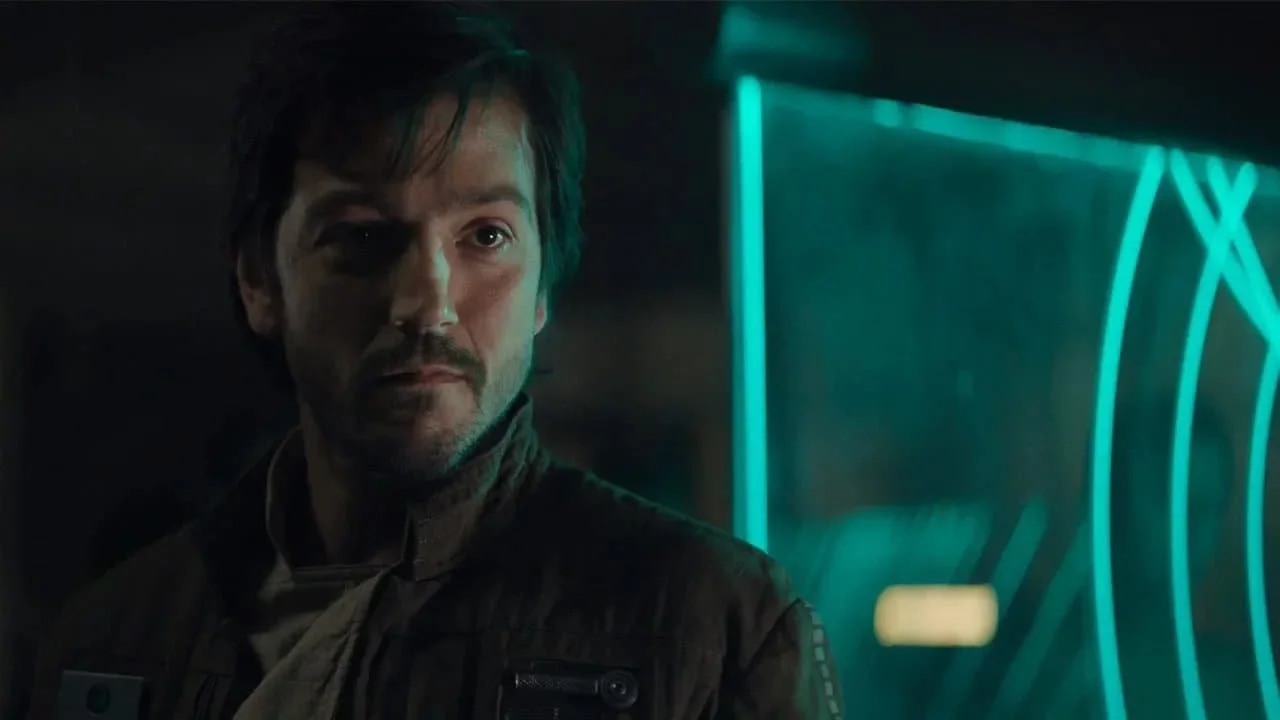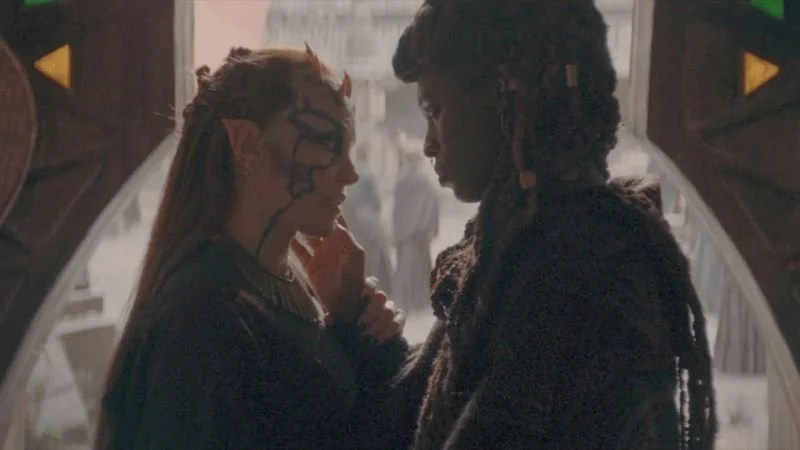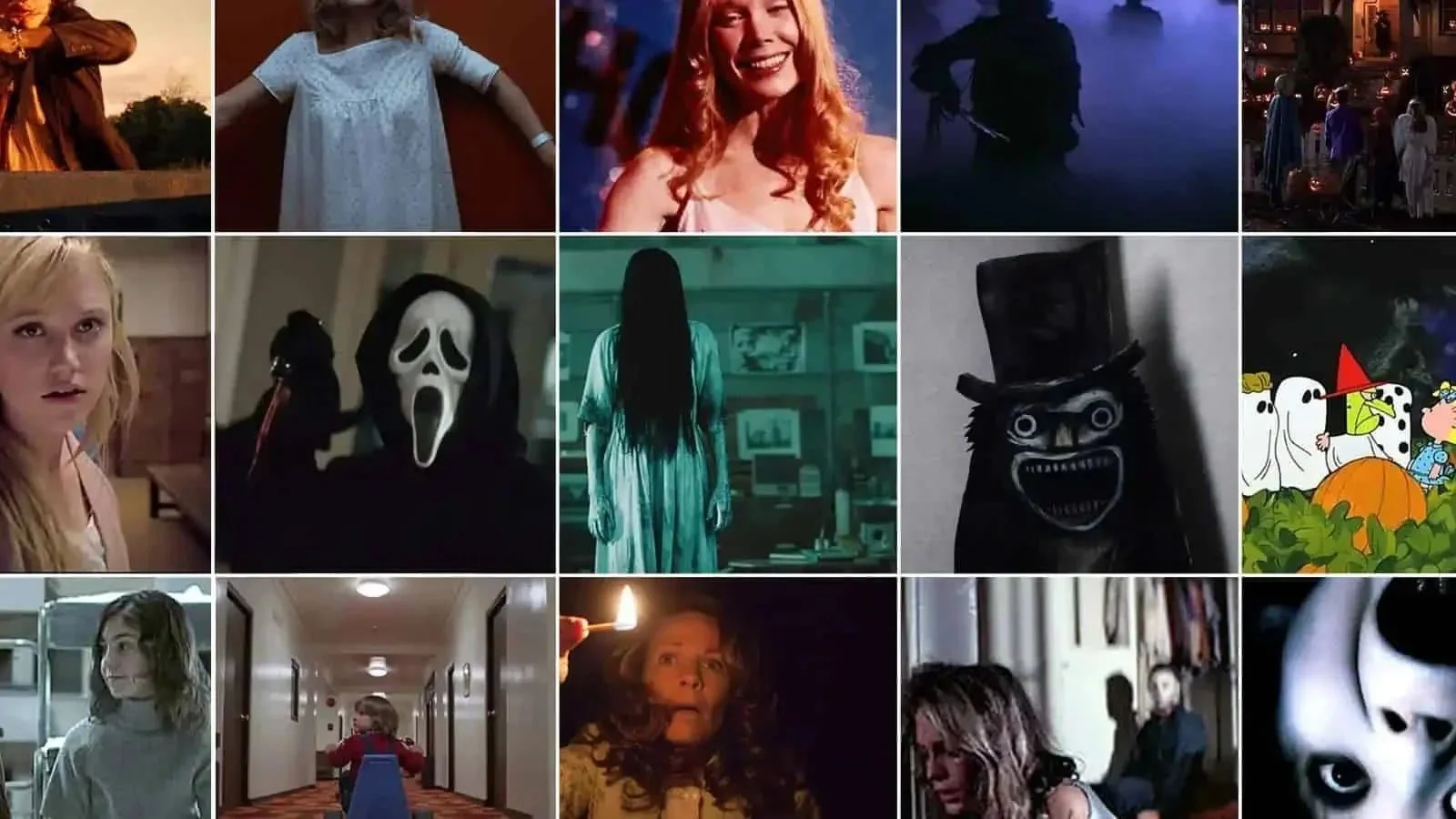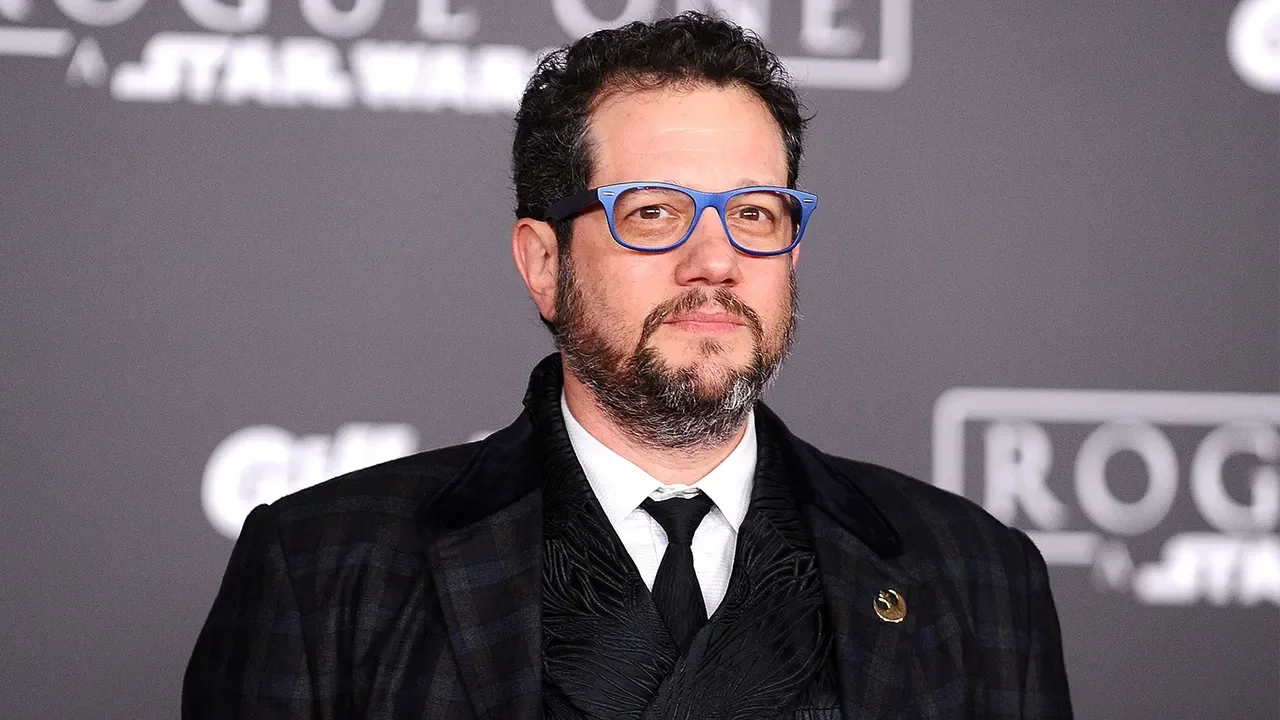'The Acolyte' Creator Leslye Headland Discusses Osha's Corruption Arc
Image Source: Star Wars
Recently, actress Amandla Stenberg gave an interview discussing her dual roles as twins Osha and Mae in the Star Wars series The Acolyte and the ever-present issue of the need to balance the light and dark natures of the force. She discussed the visual juxtaposition of that concept seen in the twins from Brendok. Showrunner for the series, Leslye Headland sat down with Vulture to talk through Osha’s corruption arc in more detail.
Part of Headland’s vision going into the series was to explore the concept of a female character being evil, setting the tone for why Osha resisted the urge to go back to the light but embraced herself for who she was and avenged the death of the twin’s mother. In the interview, Headland explains the significance of Osha killing Sol while he attempts to tell her he loves her. The creator/writer/director explained, “It was always the plan to have Osha kill Sol because Luke forgives his father. Luke throws away his lightsaber and embraces the destruction of that generational lineage with forgiveness and compassion. He’s a good and noble character, the epitome of a Star Wars hero, and this is a show about Star Wars villains. She needed to destroy that generational lineage.” She goes on to discuss the role of family dynamics seen in Star Wars as a whole and why, for The Acolyte, she focused on the sister bond as well as the father-daughter relationship deviating from the typically seen father-son trope present in the original trilogy. “I started out wanting to explore the sister relationship, then my father got very sick in the middle of developing this and it turned into this father-daughter relationship,” Headland said.
RELATED:
Other areas of exploration in the interview included the use of the lightsaber and discovering sexuality. Manny Jacinto’s Qimir is representative of both in Headland’s story. “There is danger in Manny’s character, too. You should question his philosophy because it is just another philosophy. But he’s telling her his truth and she can ascribe to it or not. He can see in her — and she can see in him — the reflection of losing something. She’s being offered a different way. The question is, Do you reject that other way because of the implication that the dark side is wrong, without ever having tapped into it? Or do you accept it because it’s already there inside you?”
Image Source: IGN
Headland focused effort on the aspects of “psychic protection and danger” that giving up one’s emotions for the Jedi can lead to, and the influence of Fight Club on the storytelling seen in the series. “A big influence for me was Fight Club. It’s about being stuck in institutions and expectations. Tyler Durden is so compelling that, even though some things he’s encouraging get scarier and scarier, the idea is so seductive. That is really what happens with Manny Jacinto’s character in episode six, when he says, ‘When you lose everything, that’s when you’re free.’ That’s lifted from Tyler Durden. When you lose your attachment to these institutions, when you fail within the outline of what you’re supposed to be, that’s when you can start being yourself.”
Headland utilized a unique fighting style that differs from what fans experienced in other Star Wars properties. She describes it as “Kill Bill meets Frozen,” a wuxia-based approach to combat in the High Republic era show. The central temptation is aimed at Osha. Headland said, “The original pitch was about having these two sisters on opposite ends of the spectrum with a very intense divide between them.” Darth Plagueis is introduced with a brief cameo because “With these two other people having gone through this positive corruption arc and coming together in a joining of forces and a romantic pairing, we always wanted to introduce Plagueis as a foreboding complication. We know Plagueis’s apprentice ends up being Palpatine, so it would be interesting to see how these two red-lightsaber-carrying warriors fit into that story.”
Image Source: YouTube
The dichotomy between the Skywalker saga and the matriarchal society is evident in Brendok, particularly the coven’s ability to create life itself – a skill that Palpatine shared with Anakin in the story he told him about his master, Darth Plagueis the Wise. Headland “was interested in the fact that this power would’ve existed on its own. A vergence on a planet is a naturally occurring concentration of the force if it’s in a location rather than a person, like Anakin. It would be like tapping into oil. The Jedi are seeing these women tap into this vergence like they’re tapping into a natural resource. It wouldn’t fit into the Jedi’s idea for that to be left unregulated.”
The showrunner addressed the significance of sexual orientation related to Brendok being solely matriarchal. “Brendok was always a matriarchal society, and it was all about juxtaposing the girls’ family of origin in a space that was exclusively female — the coding of that is, of course, homosexuality — to the paternalism that a father would have for a daughter, or a Jedi knight would have for a potential padawan” Headland explained.
Image Source: YouTube
With the exploration of the Jedi being corrupt, Vernestra blames Sol entirely for the events that unfolded to avoid scrutiny of the “structural failures” of the Jedi order. Headland intentionally lets this “dynamic” shine through Vernestra’s character, explaining, “[Vernestra] understands Sol was emotionally compromised when she looked around at what happened with these four Jedi. Does he deserve to take the fall completely? Of course not, but she has to protect her institution.”
The twins essentially appear to swap places as they enter their respective arcs in the story. As Osha turns to the dark side, Mae gets a reset. Headland said that she “liked the idea that [Mae] would redeem her actions, in terms of her sister. When they were young, she was trying to stop her from going out and doing the things she wanted to do. Now Mae’s had her catharsis because Osha avenged their mother’s death and controls the weapon that killed her. Mae’s quest has been resolved, and now with a reset, she’s on the other side of the spectrum.” This of course brings the story full circle, completing Osha’s corruption arc.
The full eight-episode season of The Acolyte is available to stream on Disney+.
READ NEXT:
Source: Vulture

















